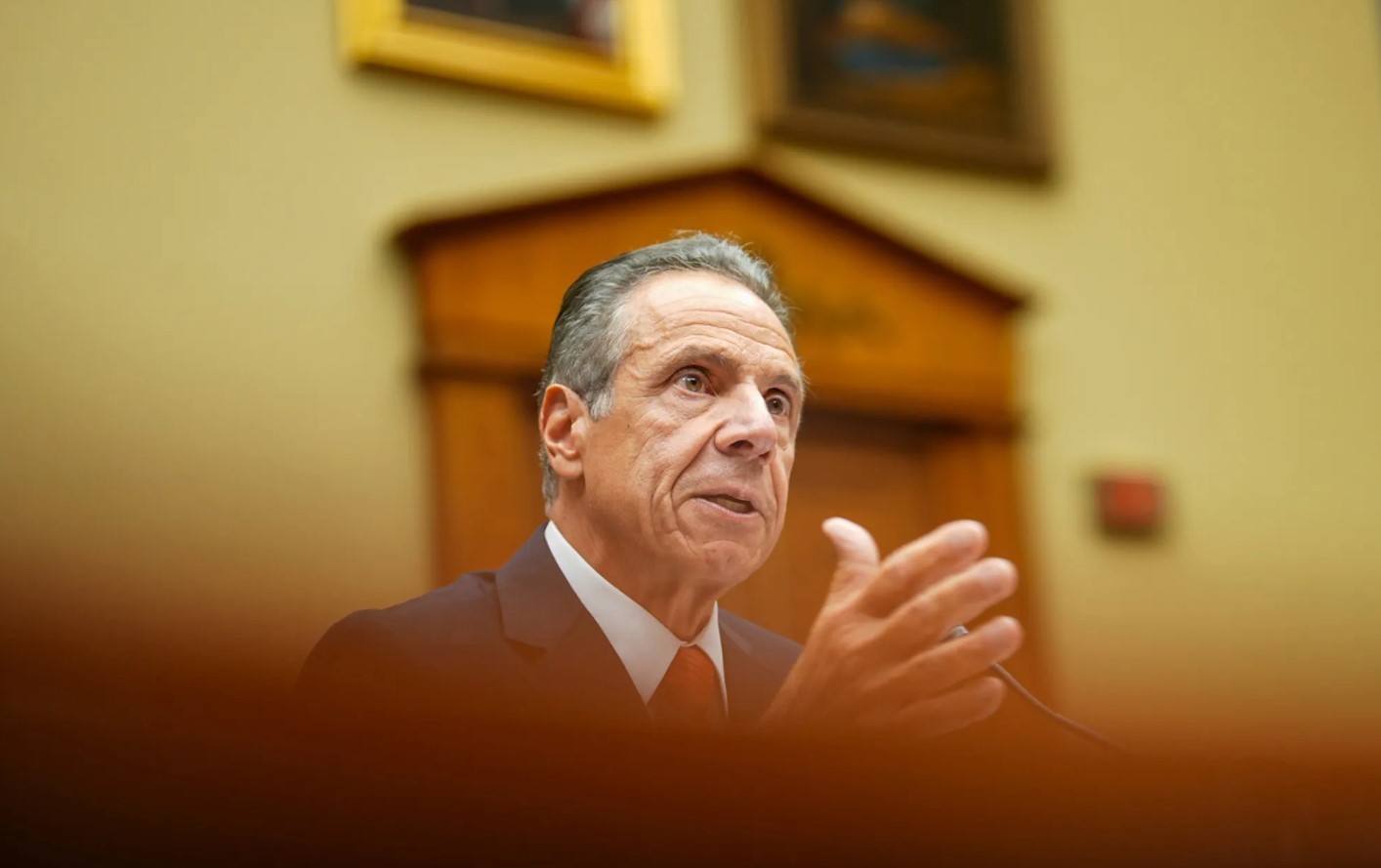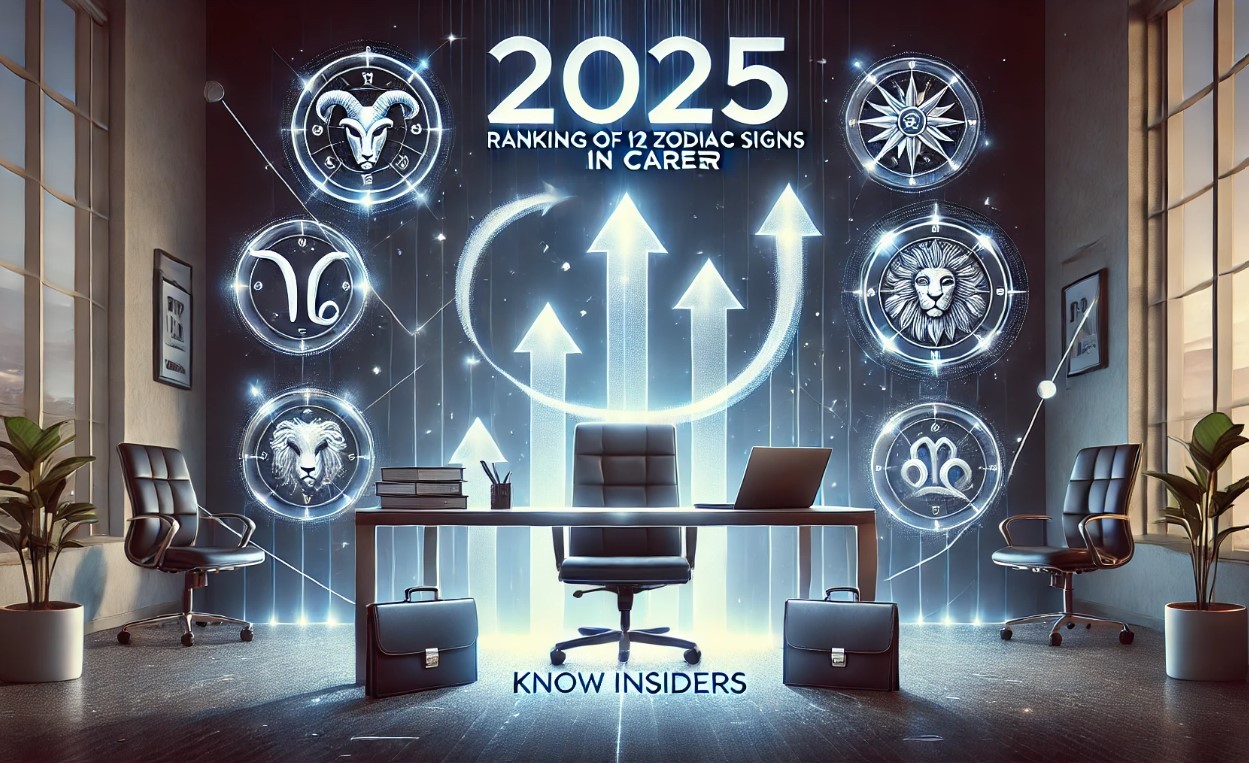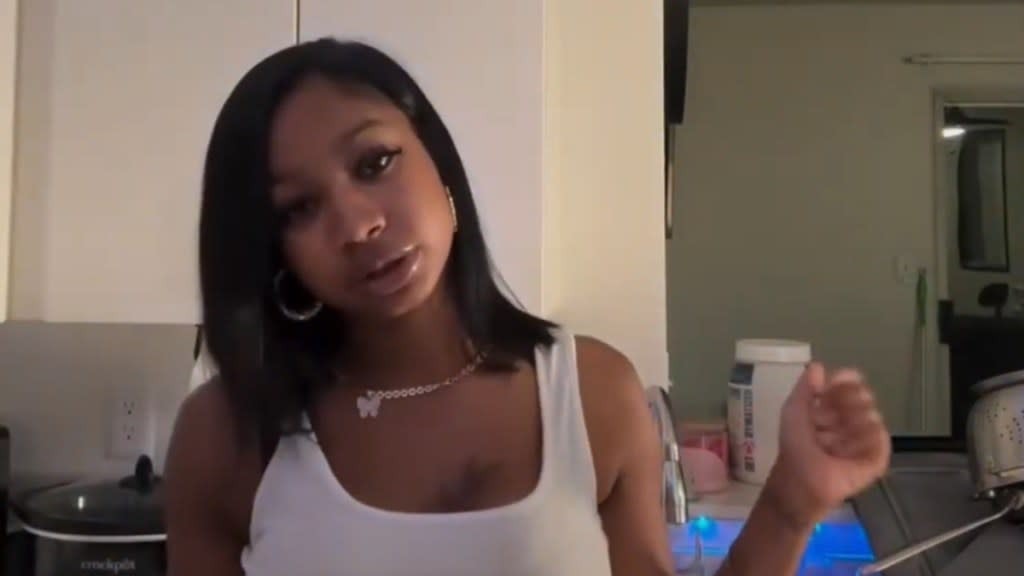Who Is Pedro Castillo: Biography, Career and Personal Life - Peru Potential President
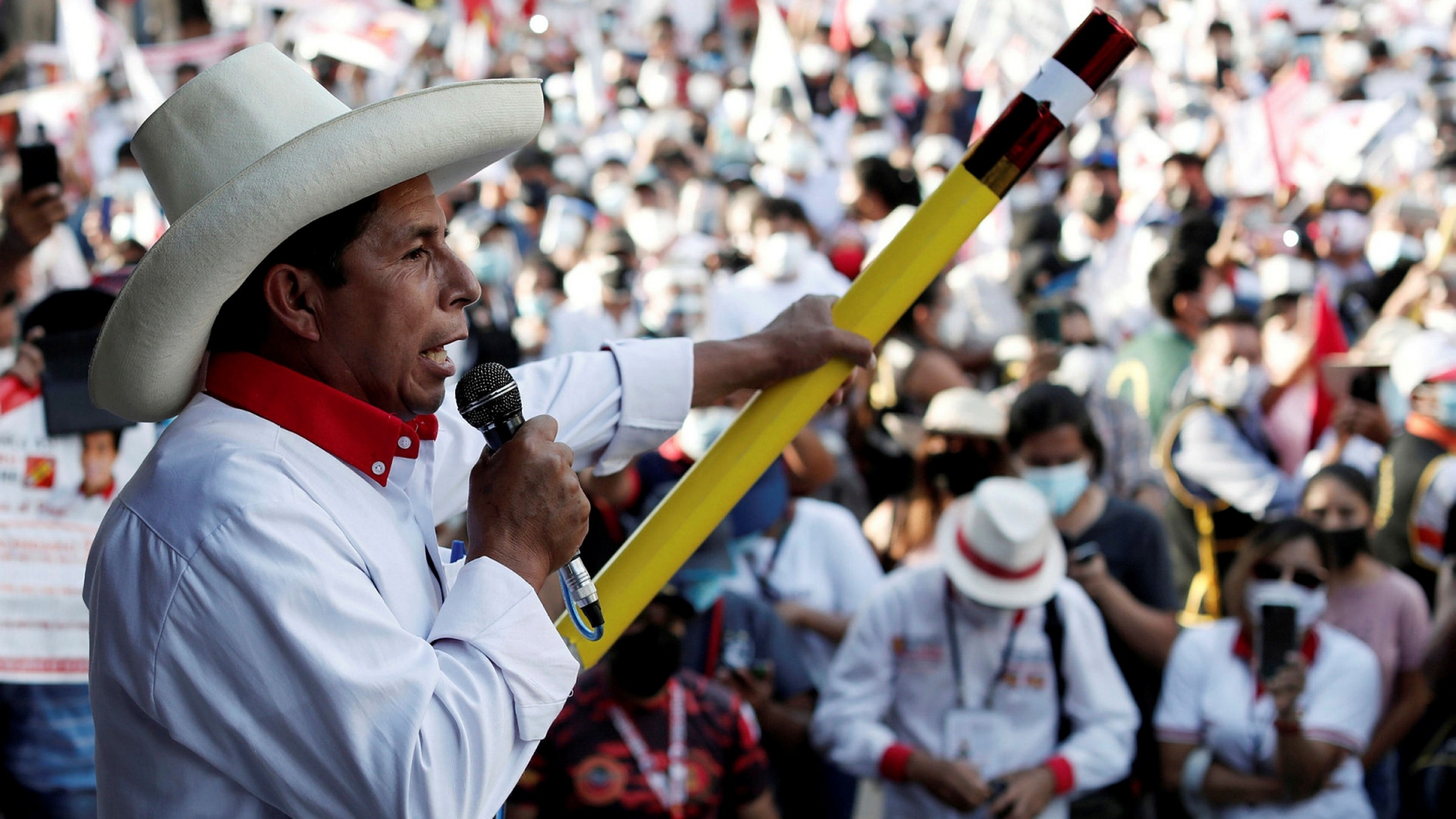 |
| Pedro Castillo is a Peruvian rural teacher, a union leader and left-wing politician. Photo Financial Times |
The official vote count in Peru gives Castillo a slim margin over rival Keiko Fujimori, who is contesting the results. Pedro Castillo, Peru’s apparent new leader, will need to put his transition team to work as soon as possible.
Yet no transition can begin until a series of unprecedented legal challenges from his opponent, Keiko Fujimori, daughter of the imprisoned 1990s’ despot Alberto Fujimori, are resolved. She is making unsubstantiated claims of electoral “fraud”.
Pedro Castillo's Biography
Pedro Castillo (Full name is José Pedro Castillo Terrones) was born in 1969 in the tiny hamlet of Puña in the northern Andean region of Cajamarca, by some measures the poorest in the country. He is a Peruvian rural teacher, a union leader and left-wing politician. He rose to prominence as a key figure in the 2017 teacher strike in Peru.
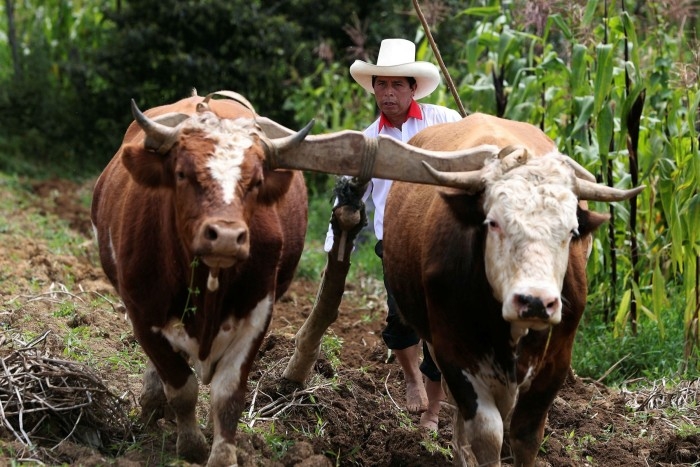 |
| Pedro Castillo guides a plough pulled by cattle on his property in Chugur. Photo AP |
| “I’m from a neighbouring area and I know something of the hardships there,” said Modesto Montoya, a Peruvian scientist and part of Castillo’s team of advisers. “In my town I knew children like Pedro who walked for hours to get to school. When they came into contact with the cities it made them aware of the injustices and inequality of opportunities that still exist in Peru. That’s what led Pedro to want to change the country.” |
The third of nine children, Castillo went to a local school, helped his parents tend their crops, trained as a teacher and married his childhood sweetheart, with whom he has two children. He taught in a rural primary school.
Castillo’s poor Andean roots have led some to compare him to Bolivia’s former president Evo Morales, but Montoya says the analogy is misguided. “I see him more as a Pepe Mujica,” he said, referring to Uruguay’s plain-speaking leftist president from a decade ago. “He’s a simple, honest man.”
Pedro Castillo's Family
He is married to Lilia Paredes and has three children. His wife is evangelical, but he is Catholic. The mix of conservative morals and social demands for change has tuned in well in a country where religion is often an electoral factor.
He is used to quoting biblical passages when he appeals to morality to justify his rejection of abortion, homosexual marriage and euthanasia.
Pedro Castillo 's Net Worth and Salary
Peru’s presidential candidate Pedro Castillo has a net worth of $5 million. And there are no updates about their salary yet.
READ MORE: Top 5 Zodiac Signs Born to be Politicians
Pedro Castillo's Political Career
He became a rondero — the peasant nightwatchmen who, in the absence of the state during the dark days of the 1970s and 1980s, formed their own communal protection groups, patrolling the Andes and meting out sometimes brutal justice to those they deemed criminals, including leftist guerrillas from the Maoist Shining Path organisation.
People who know him say that like many mountain villagers he is a social conservative. “It’s deeply ingrained in the Andean culture,” one said, adding that Castillo is unlikely to champion gay rights, women’s liberation or a relaxation of the abortion laws.
His first venture into politics came in 2002 when he stood unsuccessfully for a mayoral post with Perú Posible (Possible Peru), the party of then-president Alejandro Toledo.
Fifteen years later he reappeared, this time at the head of a striking teachers’ union.
Castillo is currently running for the presidency in the 2021 general election as the candidate of the left-wing Free Peru Party. | But in opposition to them another veteran leader whose name is Keiko Fujimori. Both have a very tough competition for the presidency. So let’s see who is elected as the new President of Peru in the coming time.
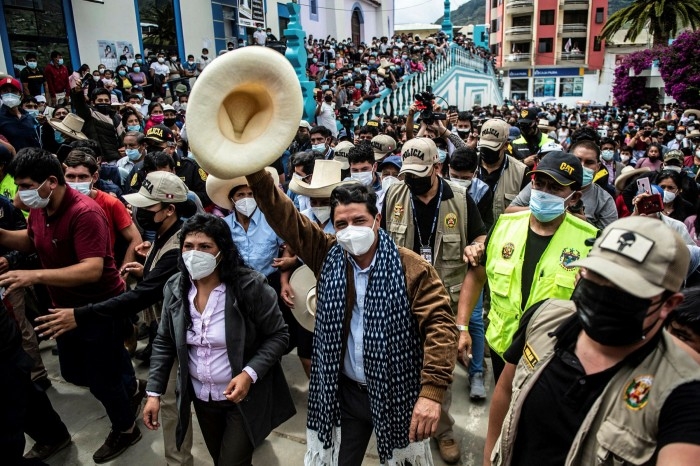 |
| Castillo waves to supporters after casting his vote on June 6 in his home region. Photo Getty |
In March, Castillo gave a local television interview in which he said he wanted “to revive the economy, renegotiate contracts, nationalise Camisea [a gas project], eliminate private pension funds and return money to Peruvian workers”.
He confirmed that as president he would sit down with foreign mining companies to squeeze more money from them, even to the point of driving them from the country, Financial Times reported.
“I imagine that at the end of the conversation multinationals are going to pack their bags and say ‘you know what? I’m out of here’ and the [Peruvian] people will say ‘that’s fine, you can go because we want companies that come and invest and negotiate with the state’,” Castillo said.
As US-based consultancy Teneo noted, Castillo would come to power “with a shaky mandate . . . a lack of experience and a tendency to improvise, an uncosted policy programme . . . a weak position in congress and a radical rival to his leadership within his party”.
 |
| Supporters of the Peruvian left-wing presidential candidate Pedro Castillo, display pencils, the symbol of the party, ahead of the runoff presidential election of June 6 between right-wing Keiko Fujimori and Castillo. Photo AFP |
| The Peruvian left came to the elections divided with four candidates, among them Verónika Mendoza and the former Catholic priest Marco Arana, as well as Castillo. Peru Libre’s electoral proposal was based on a triad: health, education and agriculture, the priority sectors to promote national development, according to Castillo, AFP reported. Alsoplans to convene a Constituent Assembly to draft a new Magna Carta in six months to replace the current one, which favors the free market economy. The 1993 Constitution is a legacy of the right-wing populist government of Alberto Fujimori (1990-2000), Keiko’s father. Castillo’s rival is opposed to changing the Magna Carta. The candidate further promises to expel foreigners who commit crimes, in tacit allusion to the Venezuelan migrants who arrived since 2017 and who exceed one million. “(We will give a) 72 hour period to illegal foreigners to leave the country, those who have come to commit crimes,” said Castillo, who in order to combat insecurity proposes that Peru withdraw from the Pact of San José to reinstate the death penalty for offenders. Peru Libre is one of the few left-wing Peruvian parties that defends the regime of Venezuelan President Nicolás Maduro. Castillo announced that, if he comes to power, the country will regain control of its energy and mineral wealth, such as gas, lithium and gold, now under the control of multinationals. But he did not say how he will do it. Castillo, who participated in the election as an outsider candidate, is from the Andean region of Cajamarca. He led nation-wide teachers strikes in August 2017 which ended in a partial victory, with numerous concessions forced from the neoliberal government of Pedro Pablo Kuczynski. He has promised to accept no more than a teacher’s salary if elected President.His policy proposals include a mix of anti-neoliberal economic policies and socially conservative positions on gender and LGBT issues. Proposals include the nationalization of mining, oil, and gas, and he has said that the state must take a leading role in the economy, with state industries that can compete with the private sector. He characterizes this model as a ‘people’s economy with markets.’ “Currently, we live in a capitalist system supposedly renovated, in a neoliberal economy imposed since 1993 and which has gone against the interests of the large majority of the country. To change this sad reality we have to propose radical economic adjustments,” said the leader of Peru Libre. Castillo’s program coincides with the rest of the Peruvian left in his plan to form a constituent assembly to overhaul the Fujimori era constitution. The aim would be to build a plurinational state with participation of the social movements which he says will form his new government. |
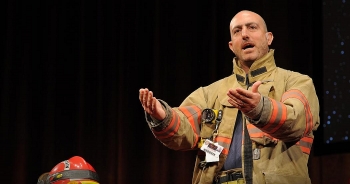 Who Is Mark Bezos: Biography, Personal Life, Career and Net Worth of the Brother of the Richest Man Who Is Mark Bezos: Biography, Personal Life, Career and Net Worth of the Brother of the Richest Man MARK Bezos is the brother of the world's richest man, Amazon founder Jeff Bezos. Read on to know more about his biography, personal profile, career ... |
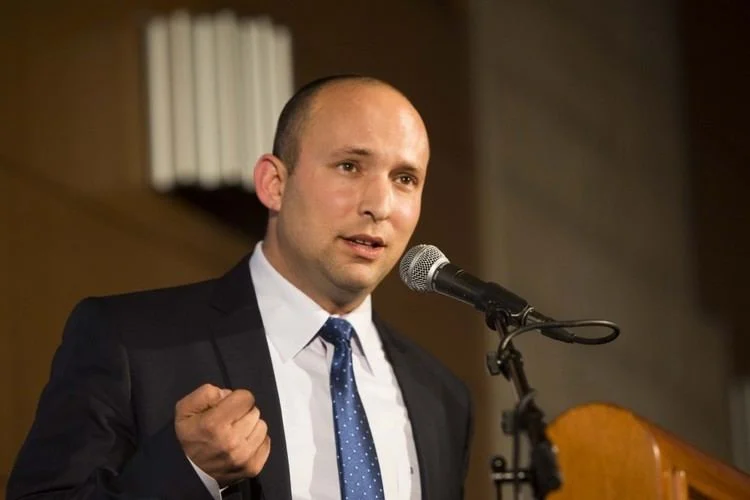 Who is Naftali Bennett: Biography, Career, Personal Life of Israel’s Potential Prime Minister? Who is Naftali Bennett: Biography, Career, Personal Life of Israel’s Potential Prime Minister? Naftali Bennett, who on Sunday moved a step closer to replacing Israel’s veteran premier Benjamin Netanyahu, is a millionaire former tech entrepreneur who made a ... |
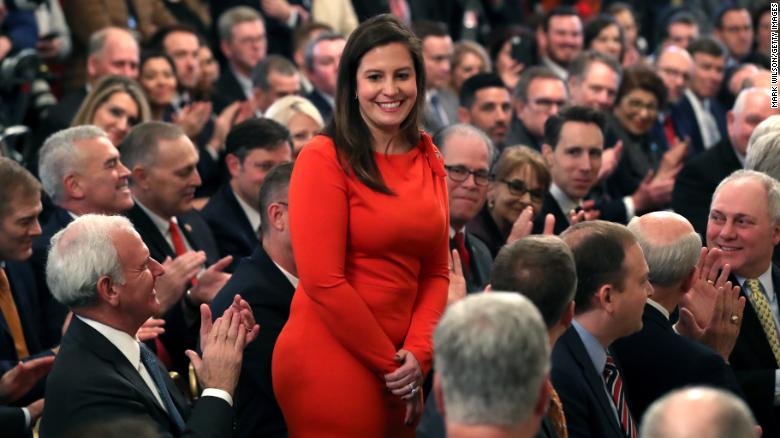 Who is Elise Stefanik: Biography, Career, Personal Life and Trump’s Loyalist Who is Elise Stefanik: Biography, Career, Personal Life and Trump’s Loyalist New York congresswoman Elise Stefanik, a backer of former US President Donald Trump, has been favored to get the position of House Republican Conference chair. ... |


